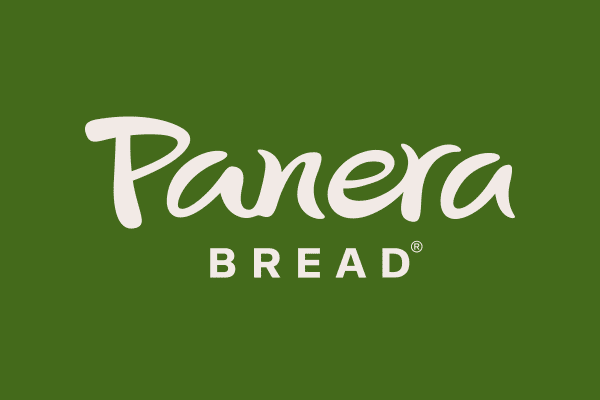Chef’s knife? Paring knife? Serrated edge? Any way you slice it, knowing which knife to use will save you time in the kitchen and make prep more enjoyable.
What’s the difference between chopping and slicing? How do you know which knife to reach for? The fact is, you only need three knives for quick and efficient food prep. Mastering how and when to use them will help save you time during the hectic meal time rush.
- 6- to 8-inch chef’s knife. The most versatile knife in the block, your chef’s knife is ideal for chopping and dicing vegetables, and so much more. The weight of the blade makes it easier to chop and the larger handle will give you the most precision and control.
- Paring knife. Smaller, and with a narrower blade than a chef’s knife, the paring knife is designed for detailed cutting, such as peeling fruits and vegetables. While a chef’s knife is always used on a cutting board, a paring knife can be held aloft, like an extension of the hand.
- Serrated knife. Just right for slicing through bread, a serrated blade is also used to cut into soft foods—like sandwiches and tomatoes—without tearing or shredding. With a firm grip, use a back-and-forth sawing motion.
Use the best-quality knives you can afford, and wash and dry them by hand. Make a point of having your knives sharpened once a year. A sharp knife will slice more cleanly and with little effort, making prep faster, easier, and safer than trying to cut with a dull blade. Properly maintained, a good knife will last a lifetime—and make prep time more efficient and enjoyable.

